 Tomorrow begins the AHA’s annual celebration of our partners in Emergency Medical Services for EMS Week. For these dedicated men and women, saving lives is not just a job, but a calling. We honor their heroic work during this special week.
Tomorrow begins the AHA’s annual celebration of our partners in Emergency Medical Services for EMS Week. For these dedicated men and women, saving lives is not just a job, but a calling. We honor their heroic work during this special week.
We’ll be kicking off the week, officially celebrated May 20-26, by hosting an EMS “Twitter Party!” During this event, AHA staff and EMT-Ps and experts in the field of first response will be discussing EMS Systems of Care, STEMI and much more. If you’ve got a Twitter account, please join us for what’s sure to be an engaging social media discussion! Here are the details:
EMS Twitter Party
DATE: May 18th, 2012, 1:00 p.m., Central Time
Join the conversation: follow us at @HeartCPR and #WeHeartEMS#WeHeartEMS.
RSVP here: http://www.facebook.com/#!/events/362323360469752/
Expert panel includes:
Rod Kimble, David Hiltz, Shannon Armstrong, Bobby Wales—EMT-P with American Heart Association
Jose Maria E. Ferrer, M.D., Science & Medicine Advisor, American Heart Association
John Freese, M.D., Chief Medical Director, Fire Department of New York
Tom Bouthillet, Fire Captain and Paramedic, Hilton Head, South Carolina
Robert Suter, D.O., MHA, FACEP, FAAEM, FACOEP-D, FIFEM, Professor of Emergency Medicine, UT Southwestern- Dallas, TX
Next week, there’s a second opportunity to get involved in honoring EMS, by participate in a special EMS Week webcast, hosted by the Journal of EMS (JEMS). This FREE webcast will focus on evidence-based strategies that can be used by the EMS community to improve survival from out-of-hospital cardiac arrest.
JEMS Webcast
WHERE You Live Shouldn’t Determine IF You Live: EMS Strategies for Improving Cardiac Arrest Survival
DATE: May 21, 2012, 12:00 p.m., Central Time
Speakers:
David B. Hiltz, NREMT-P
Rodney L. Kimble, EMT- P
Register today!







